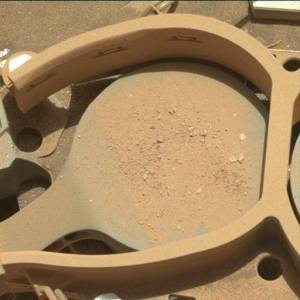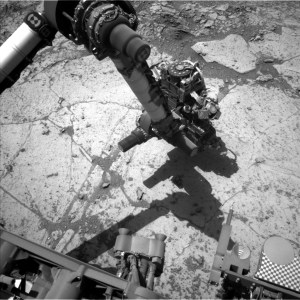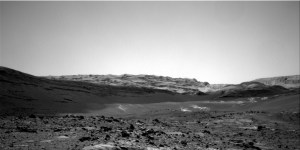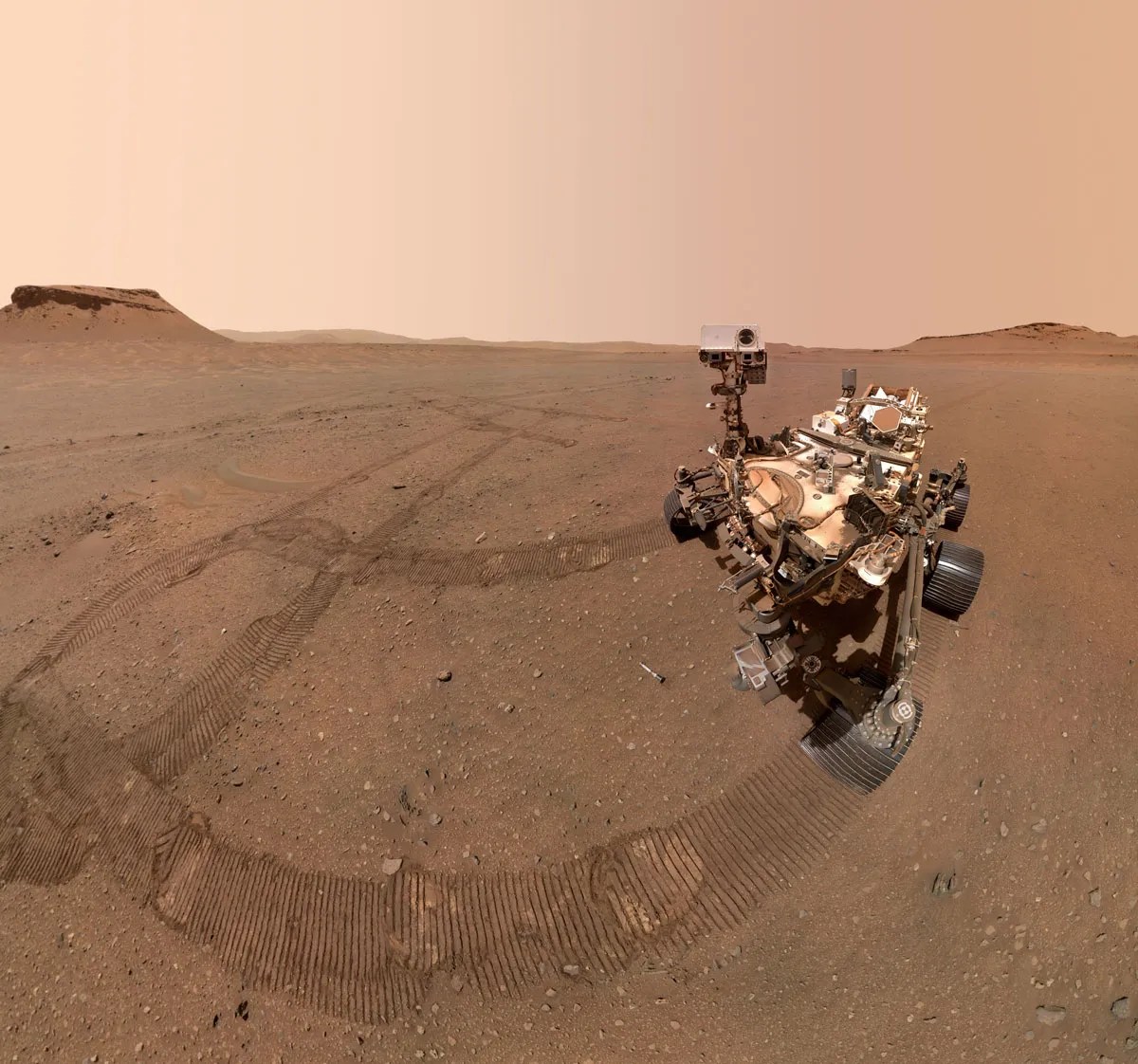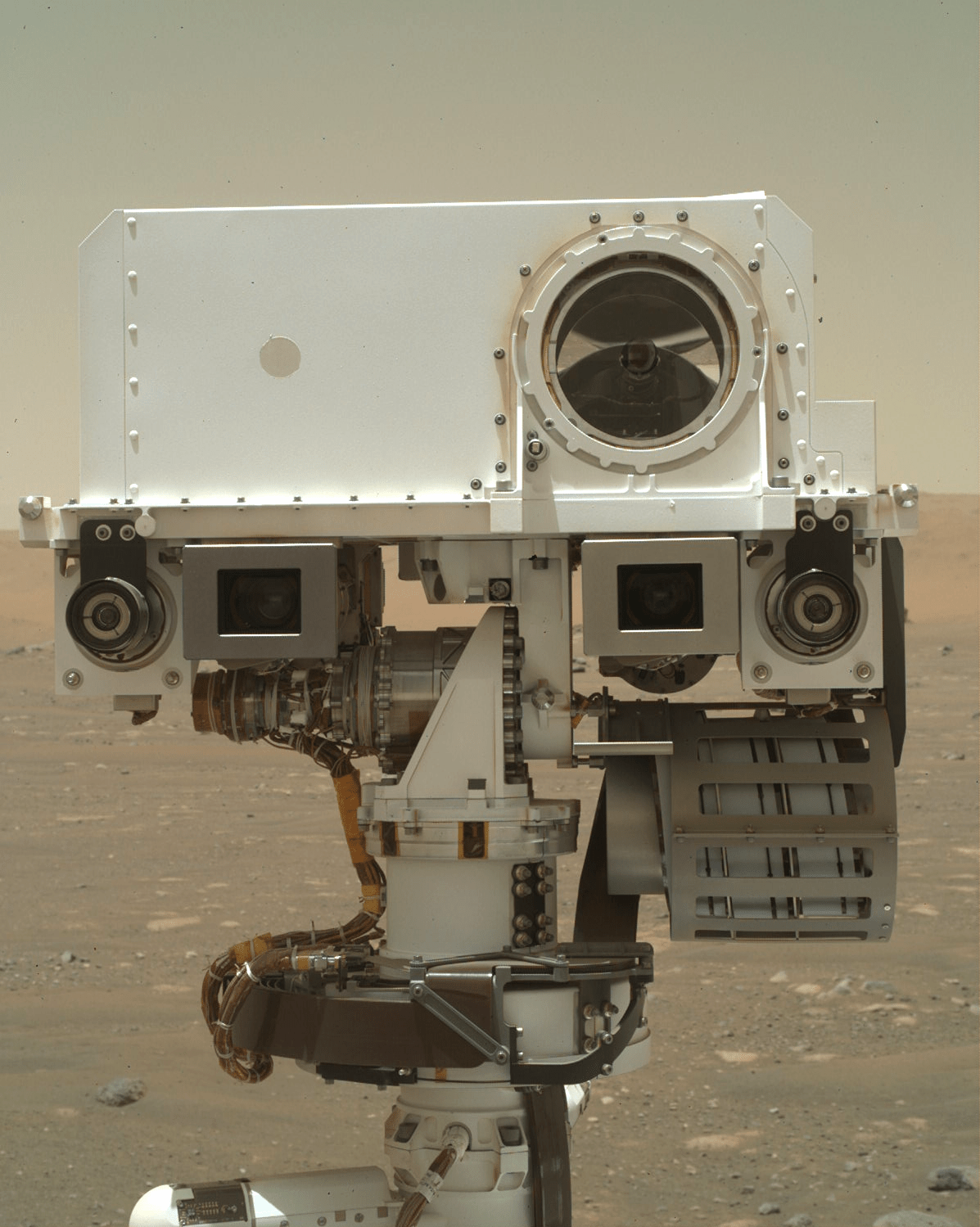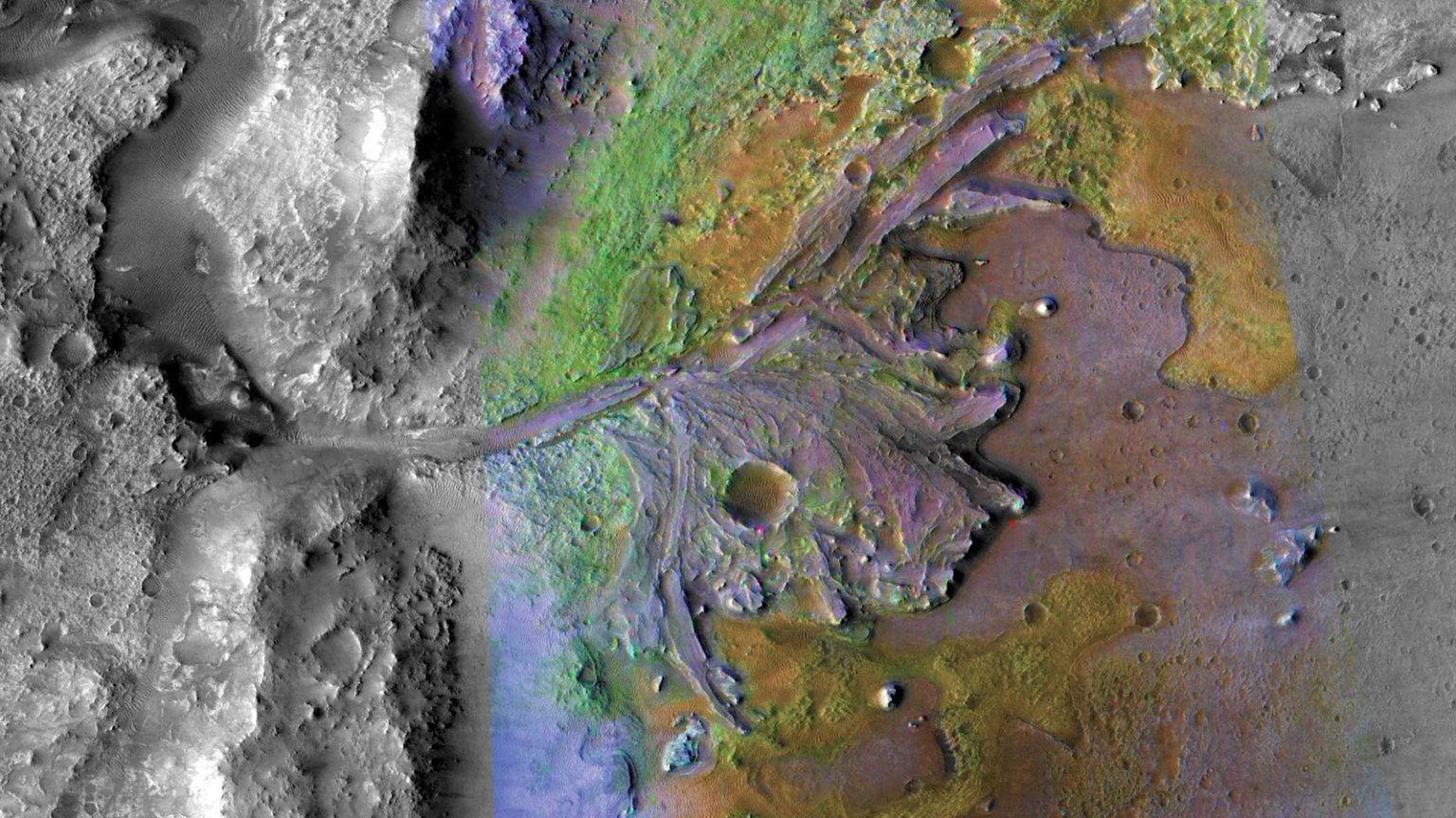
2 min read
Sols 4268-4269: Admiring Kings Canyon
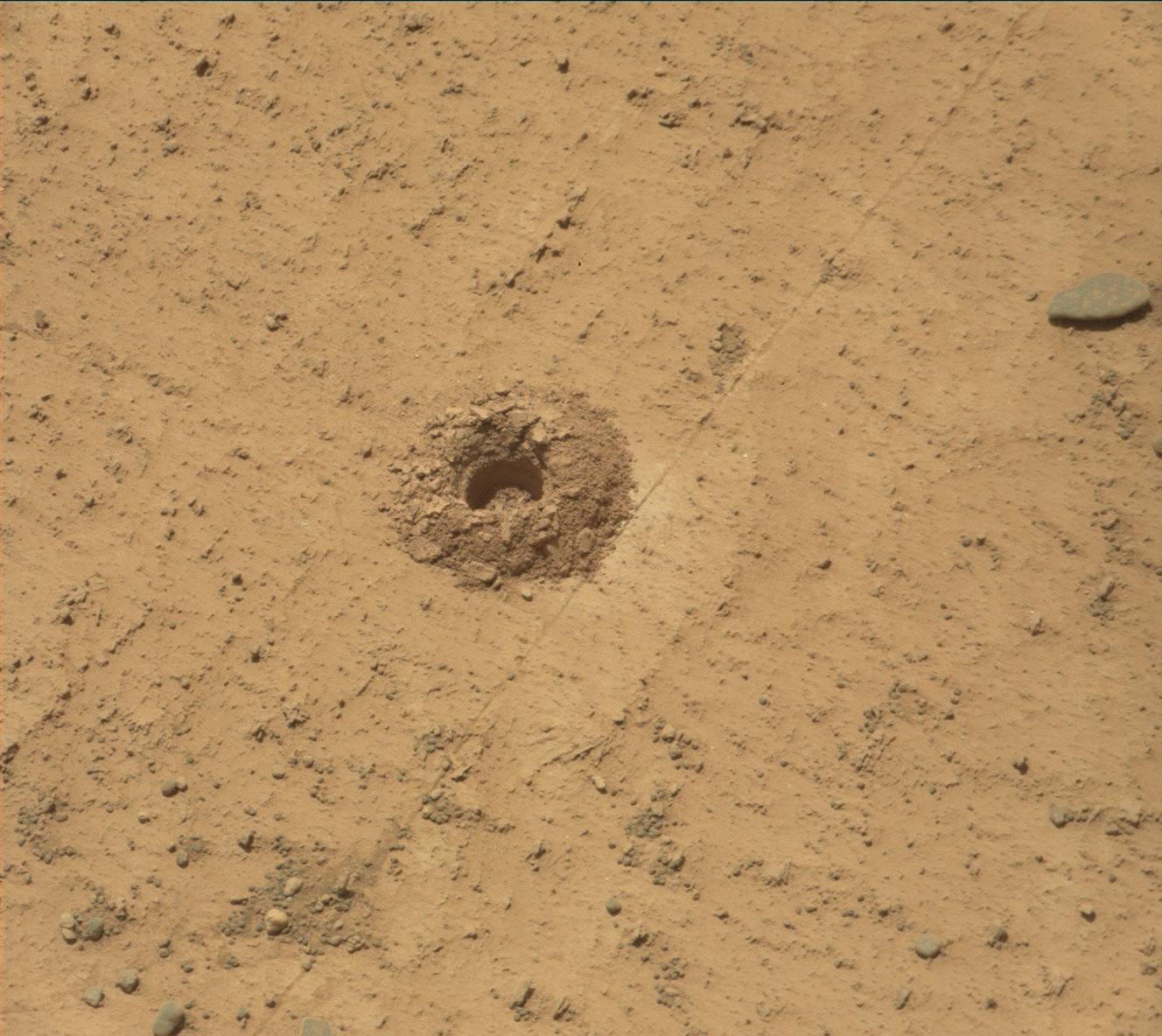
Earth planning date: Wednesday, Aug. 7, 2024
Curiosity is admiring our latest drill hole, “Kings Canyon.” Today’s plan is dedicated to continuing analysis of the drilled sample, including preconditioning for SAM evolved gas analysis (EGA) scheduled for the weekend. In planning today, the environmental (ENV), and the geology and mineralogy (GeoMin) theme groups planned two days of science observations.
The ENV science group is making the most of Curiosity remaining stationary for a while and has planned two Mastcam Tau observations to measure the amount of dust in the atmosphere, as well as using Navcam for a total of three dust devil movies — one on the first sol, and two on the second sol. They are also observing clouds in the Martian atmosphere with Navcam suprahorizon and zenith movies.
The GeoMin science group is enjoying the view too, extending Mastcam coverage of areas of interest including the Kings Canyon drill hole, and “Fairview Dome.” Looking further ahead, ChemCam planned a long distance RMI view of “Texoli butte,” to investigate the interesting sedimentology and stratigraphy here. To round off our plan, we are taking two ChemCam Laser Induced Bedrock Spectroscopy (LIBS) observations of a bright-toned rock named “Fourth Recess Lake” in an area of rocks that were previously crushed by the rover wheels known as “Sam Mack Meadow.” We are also taking a LIBS observation of the Kings Canyon drill hole. As we await the preliminary results on the analysis of the drill hole, we’ll be enjoying the view as these images downlink to Earth over the next few days.
Written by Emma Harris, graduate student at The Natural History Museum, London

